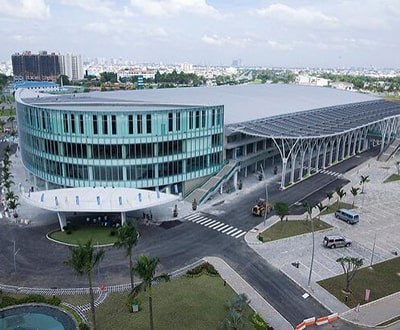The Benefits of Using Flow Wrapping vs. Tray Sealing for Protein Bars
Introduction
Protein bars are popular snacks for people on the go or looking for a quick source of protein. They are conveniently packaged and relatively easy to eat. But when it comes to packaging protein bars, there are two main options: flow wrapping and tray sealing.
Flow Wrapping
Flow wrapping is a type of packaging in which the product is wrapped in a continuous sheet of flexible material, such as plastic or foil. The material is fed from a roll and wrapped around the product, which is then sealed with heat or glue. Flow wrapping is a relatively fast and efficient packaging method, and it can be used to package a variety of products, including protein bars.
Benefits of Flow Wrapping Protein Bars
Speed and efficiency: Flow wrapping is a relatively fast and efficient packaging method, which can help to reduce production time and costs.
Versatility: Flow wrapping can be used to package a variety of products, including protein bars, candy bars, and other snacks.
Cost-effectiveness: Flow wrapping is a relatively cost-effective packaging method, which can help to reduce overall packaging costs.
Protection: Flow wrapping can help to protect protein bars from moisture, oxygen, and other environmental factors.
Convenience: Flow-wrapped protein bars are easy to open and eat, which makes them a convenient snack for people on the go.
Tray Sealing
Tray sealing is a type of packaging in which the product is placed in a pre-formed tray and then sealed with a lid. The lid is typically made of plastic or foil, and it is sealed to the tray with heat or glue. Tray sealing is a relatively slow and labor-intensive packaging method, but it can provide a higher level of protection for the product.
Benefits of Tray Sealing Protein Bars
Protection: Tray sealing can provide a higher level of protection for protein bars than flow wrapping. The lid of the tray helps to protect the product from moisture, oxygen, and other environmental factors, which can help to extend the shelf life of the product.
Durability: Tray-sealed protein bars are more durable than flow-wrapped protein bars, which makes them less likely to be damaged during shipping or handling.
Presentation: Tray-sealed protein bars have a more premium appearance than flow-wrapped protein bars, which can make them more appealing to consumers.
Resealability: Tray-sealed protein bars can be resealed after they are opened, which makes them convenient for people who want to eat the bar in multiple servings.
Flow wrapping and tray sealing are both viable options for packaging protein bars. However, each method has its own unique advantages and disadvantages. Flow wrapping is a faster, more efficient, and more cost-effective option, while tray sealing provides a higher level of protection and durability. Ultimately, the best packaging method for protein bars will depend on the specific needs of the manufacturer and the consumer.
-
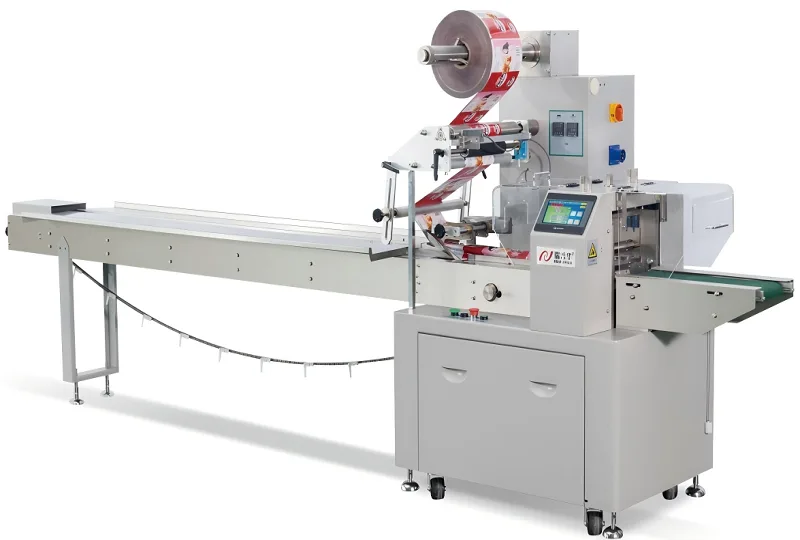 01
01Automatic Tray Loading and Packaging Equipment: Boost Efficiency to 160 Bags/Minute
21-11-2025 -
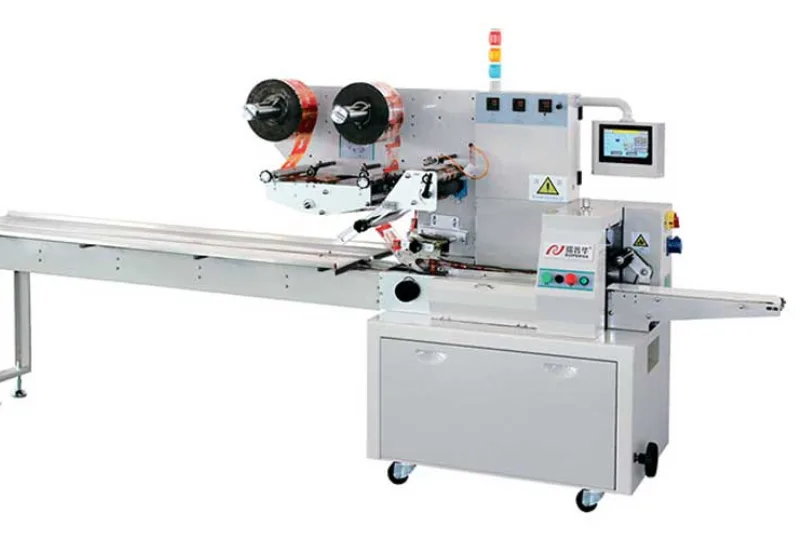 02
02Automatic Soap Packaging Machine: Boost Productivity with 99% Qualification Rate
21-11-2025 -
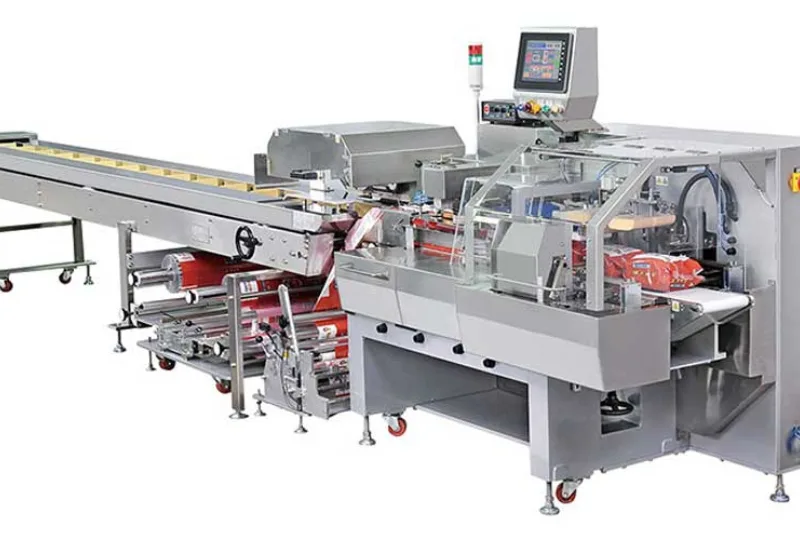 03
03A Deep Dive into Automatic Toast Processing and Packaging System
18-11-2025 -
 04
04The Future of Bakery Production: Automated Toast Processing and Packaging System
18-11-2025 -
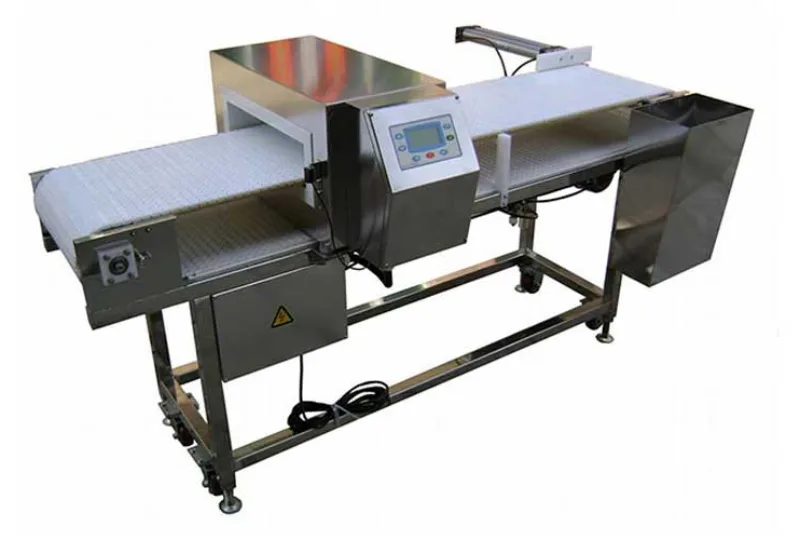 05
05Reliable Food Packaging Solutions with China Bread, Candy, and Biscuit Machines
11-10-2025 -
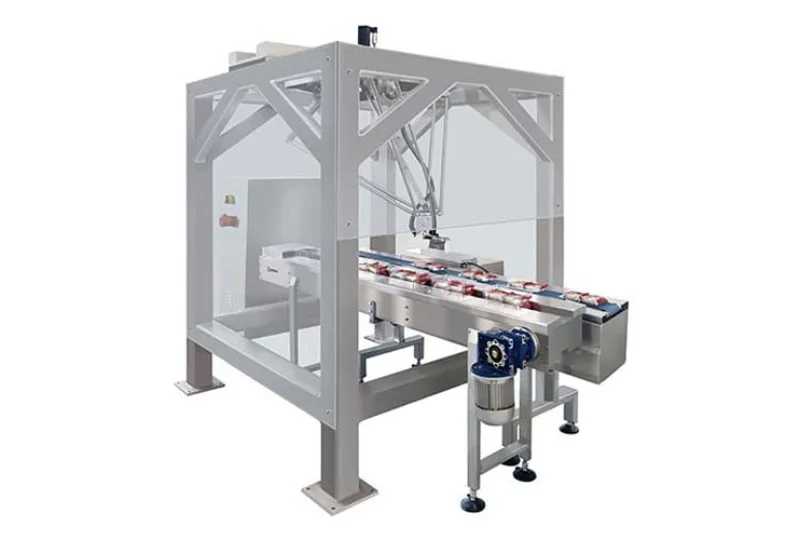 06
06High-Performance Automated Food Packaging Equipment for Modern Production
11-10-2025 -
 07
07Reliable Pillow Packing Machines for Efficient Packaging Operations
11-10-2025 -
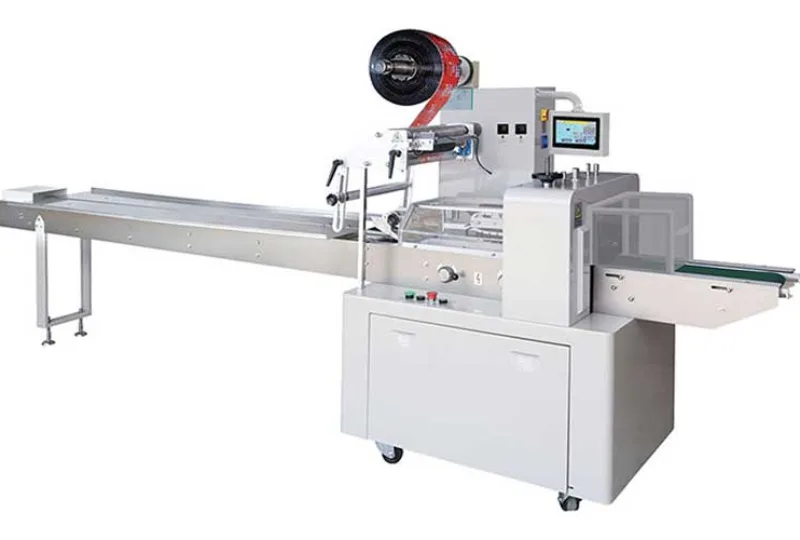 08
08Advanced Fully Automatic Packaging Solutions for Efficient Production
11-10-2025 -
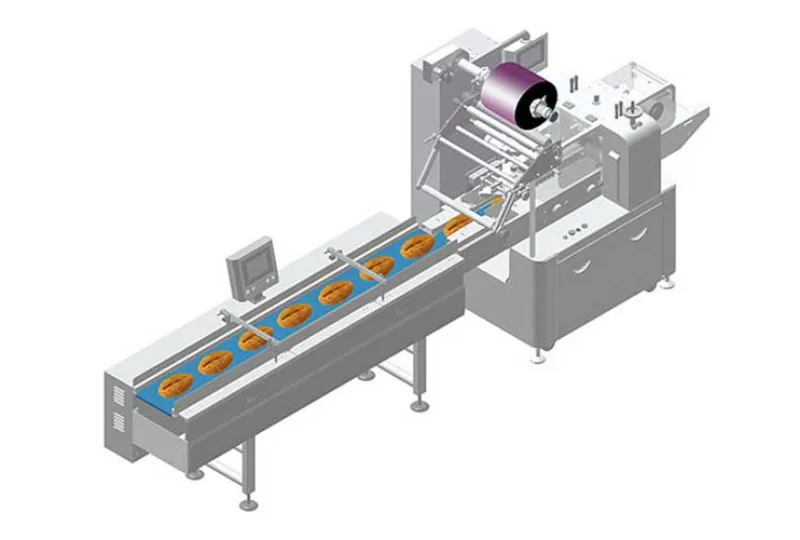 09
09Efficient Automatic Food Packaging Solutions for Modern Production
11-10-2025 -
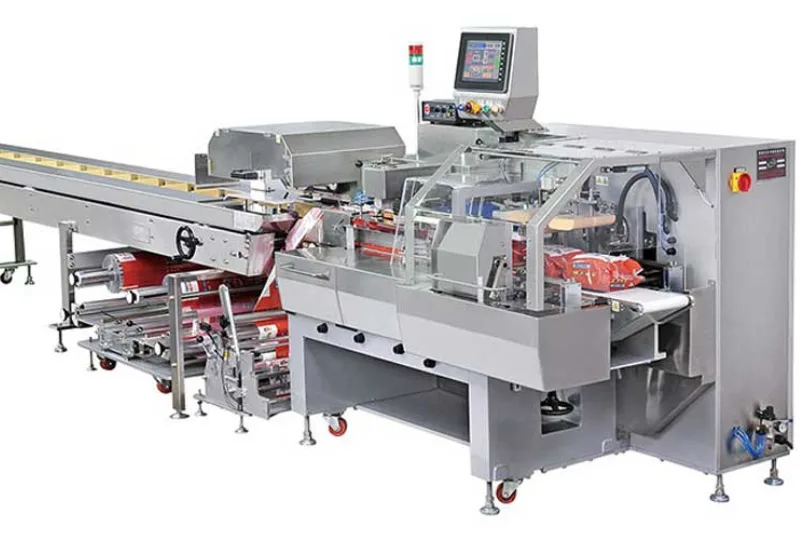 10
10Advanced Automatic Packaging Equipment for Efficient Production
11-10-2025



